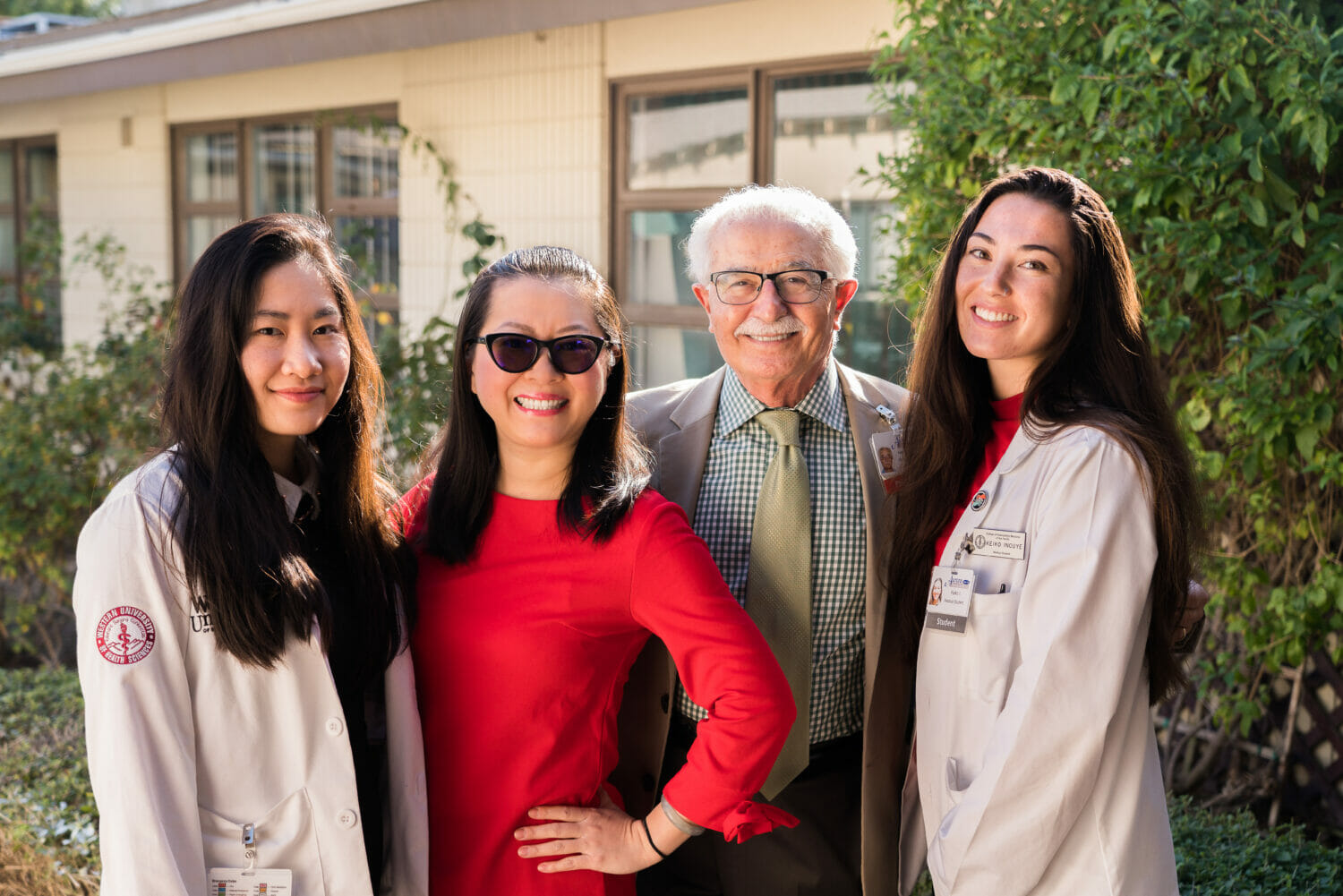International Cervical Spine Meeting
COMP-Northwest Professor Brion Benninger, MD, MBChB, MSc, served as a keynote speaker at the International Cervical Spine Meeting, hosted in Stockholm, Sweden May 5-6, 2022 by Nackskadeförbundet. Professor Benninger’s presentation was titled, “Cervical Spine Anatomy – Buttressing Protection or Dynamic Anatomy Revealed: Medical Innovation, Challenging Concepts & Improved Terminology.”
Benninger provided interesting examples of how we could approach, learn, and research the human anatomy of the cervical spine and revealed imaging of human vessels not previously viewed with traditional MRI/CT cross-sectional imaging. Benninger helped develop the use of an innovative contrast medium with inventor (Dr. Scott Echols) and subsequently was the first to acquire MRI images of the cervical spine region when adding gadolinium with BriteVu contrast medium. Benninger describes the images of arterial and venous vessels when using the BriteVu innovative contrast medium similar to viewing a saltwater aquarium. He also revealed TolTech imaging using head mounted display and integrated imaging with Sectra interactive display screen technology. He shared that TolTech is constantly evolving and integrating technology to improve human anatomy which he recommends as the most accurate anatomy when interfacing with software. He discussed current and future uses of ultrasound to acquire cervical spine and transcranial imaging using the handheld wireless GE Vscan air system. He also highlighted clinical soft tissue anatomy of the cervical spine region which needs addressed regarding clinical injuries such as ‘whiplash’ which traditional imaging misses or doesn’t reveal.
Benninger named and discussed structures with detail and relevance not ordinarily revealed individually or in combination. He demonstrated logical and refreshing concepts of dynamic anatomy regarding the cervical spine region. He also shared his established philosophy on ‘Deconstruction & Reconstruction” regarding teaching anatomy of the cervical spine and designing simulation to train all healthcare professionals interested in the cervical spine. He briefly revealed his discovery of ‘transitional nerves’. Lastly, imaging and dissections by Benninger have led him to suggest improved new terminology of the cervical spine which will improve teaching, learning and clinical vernacular.
